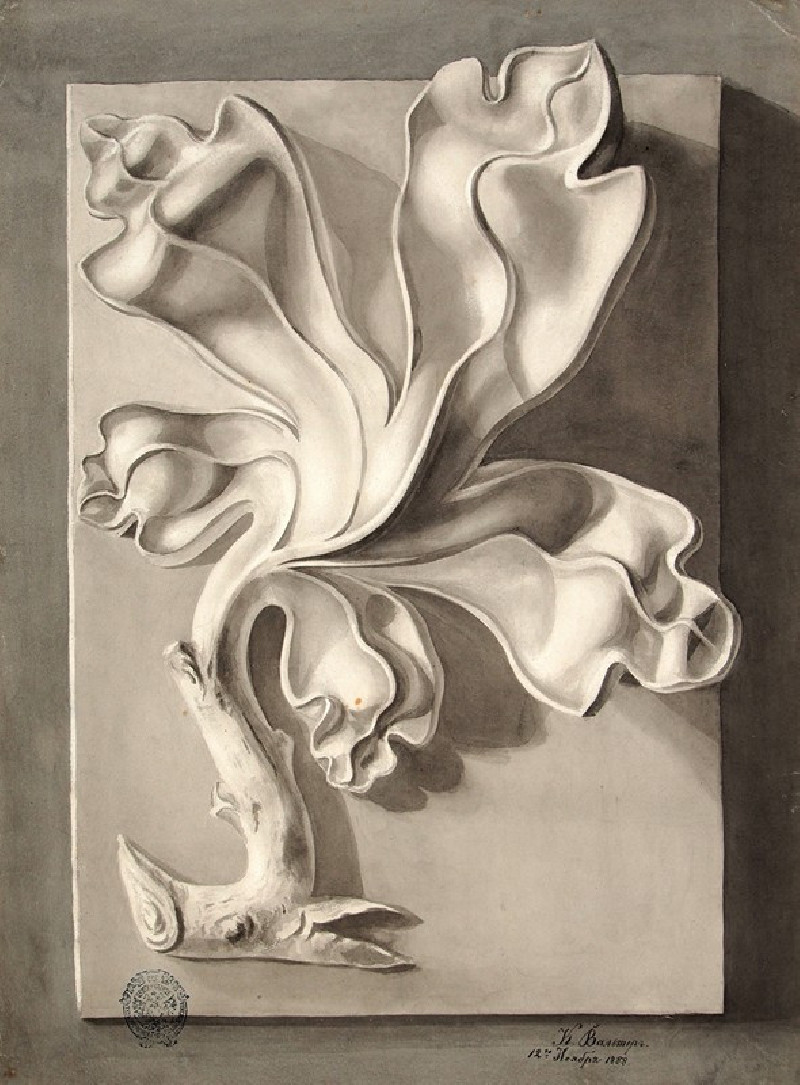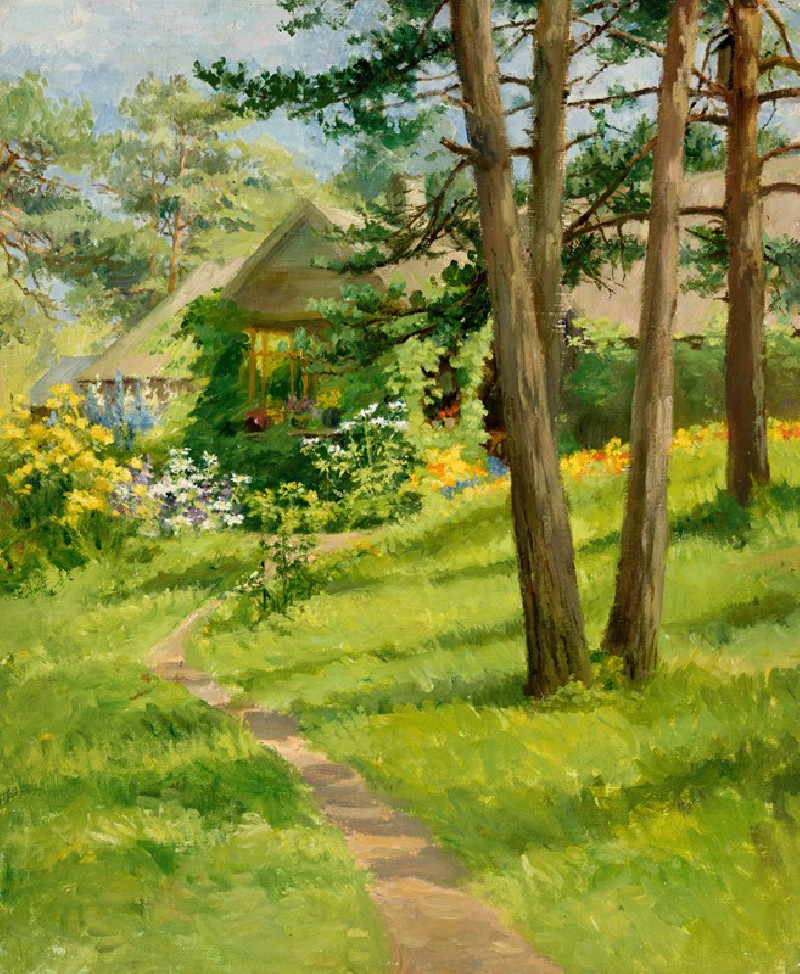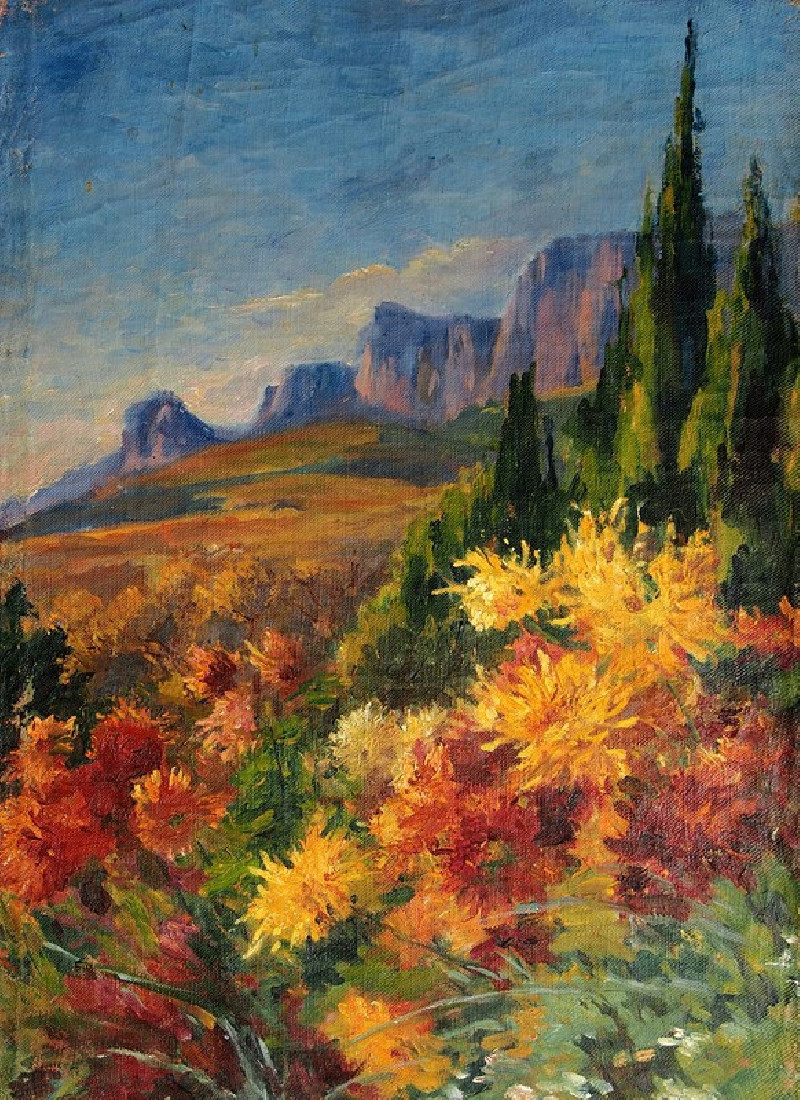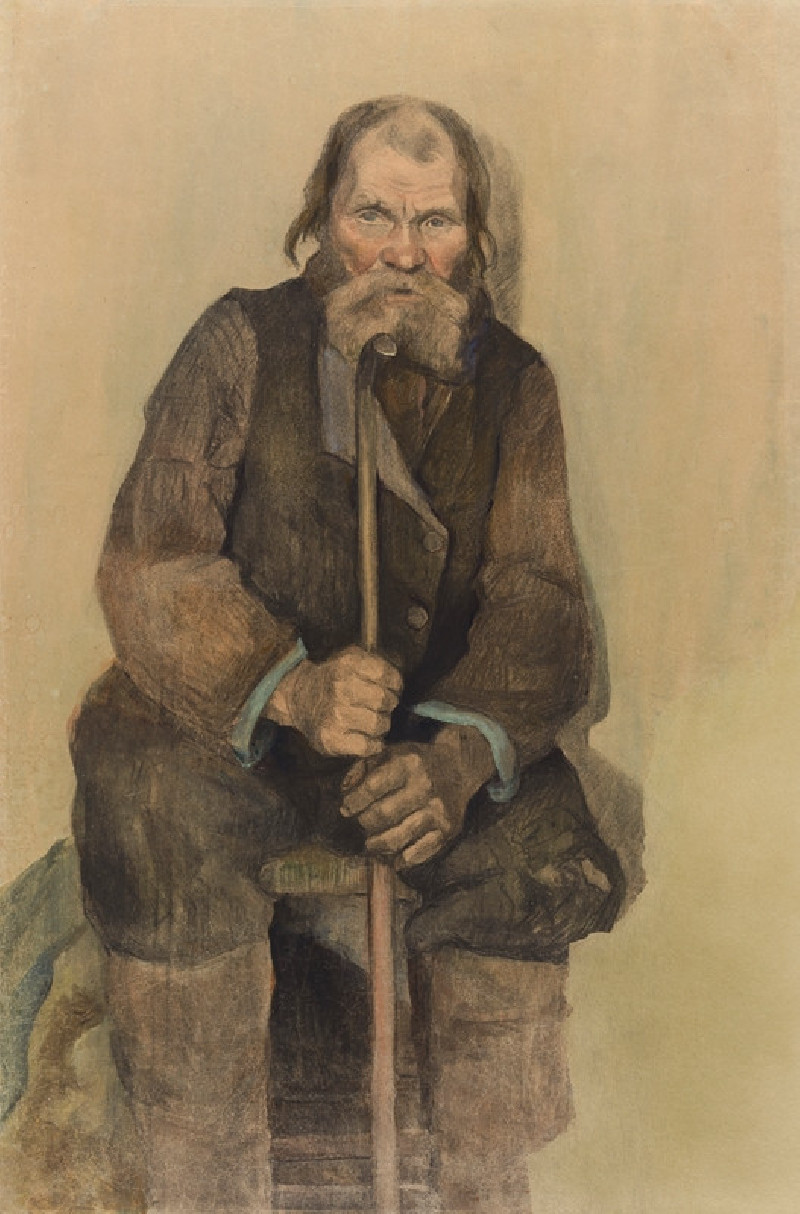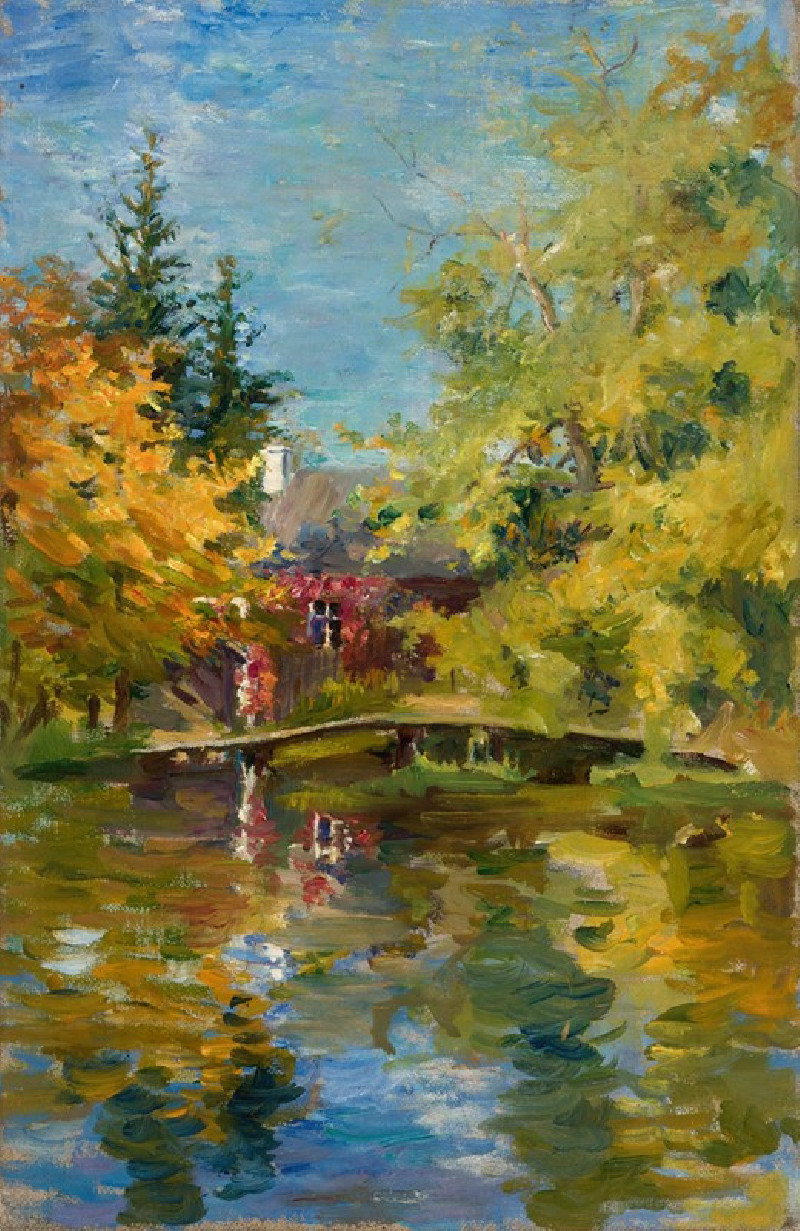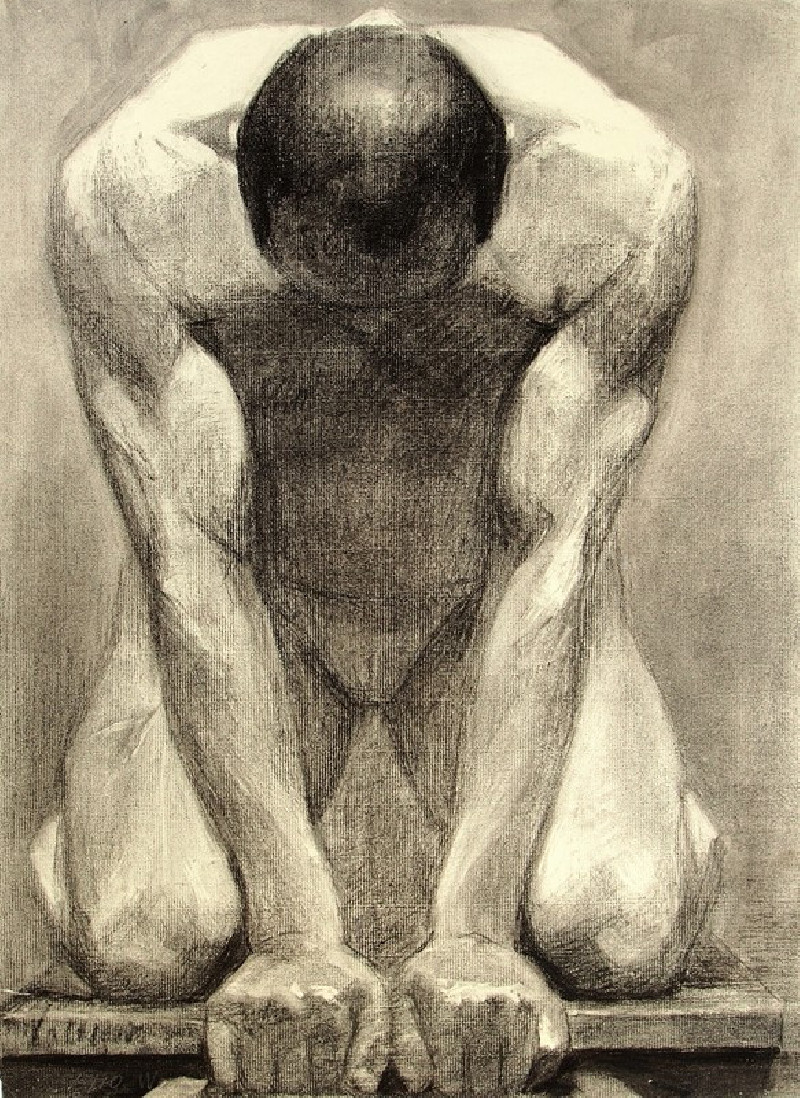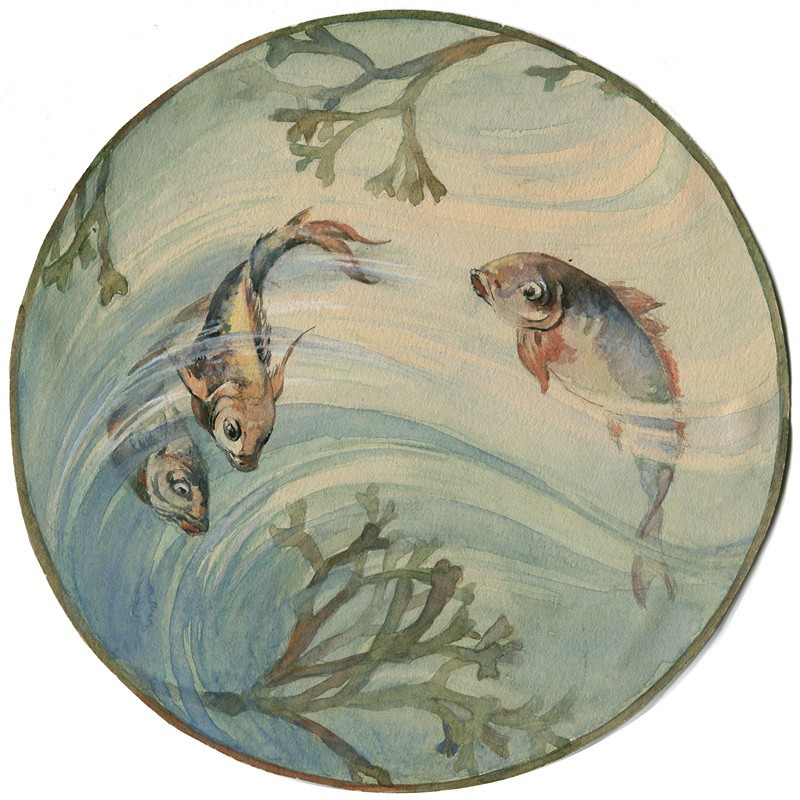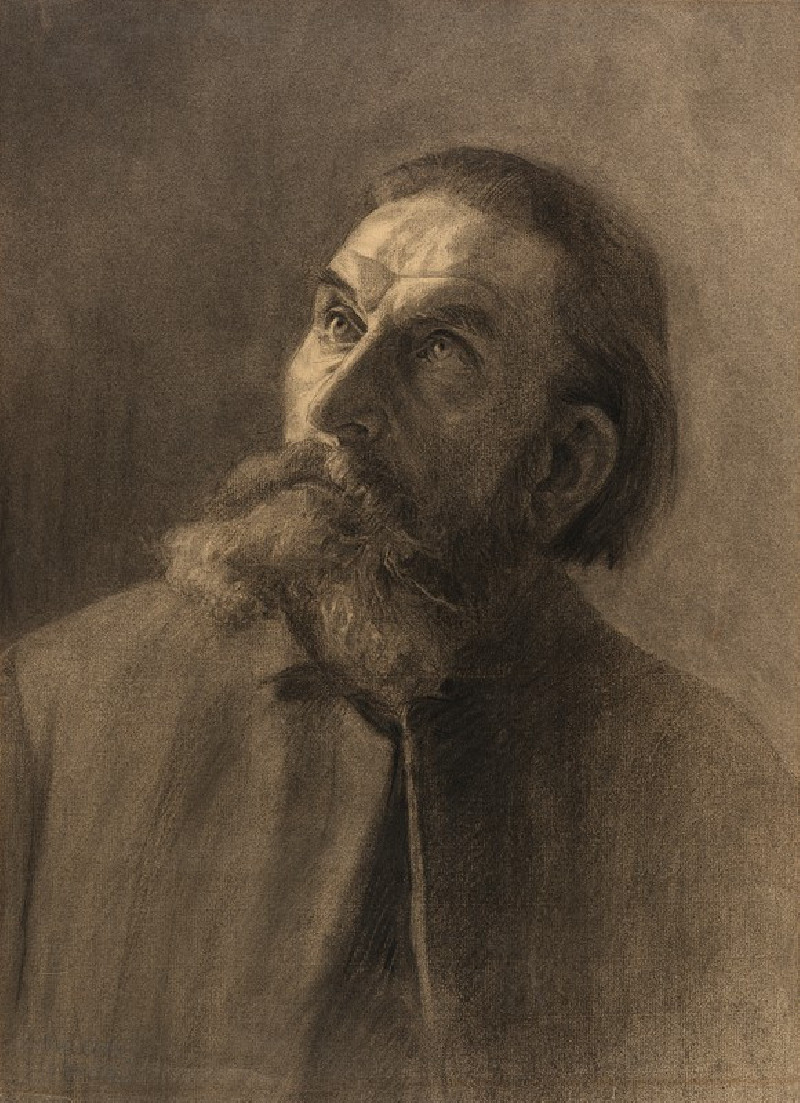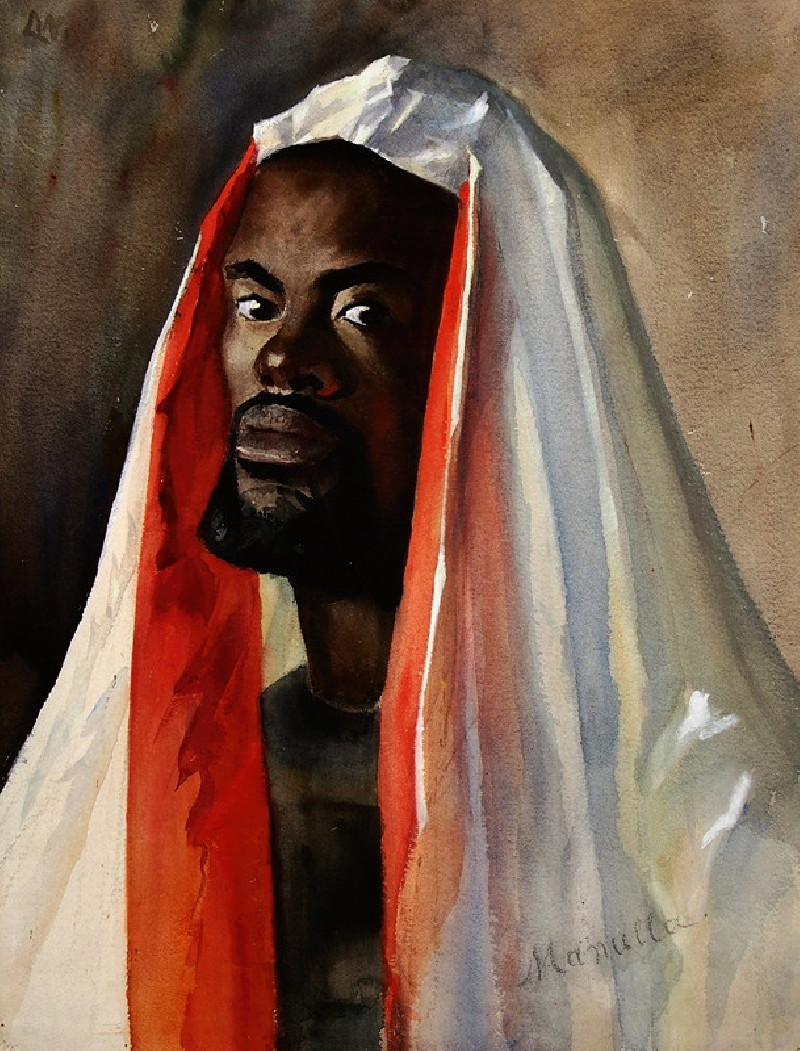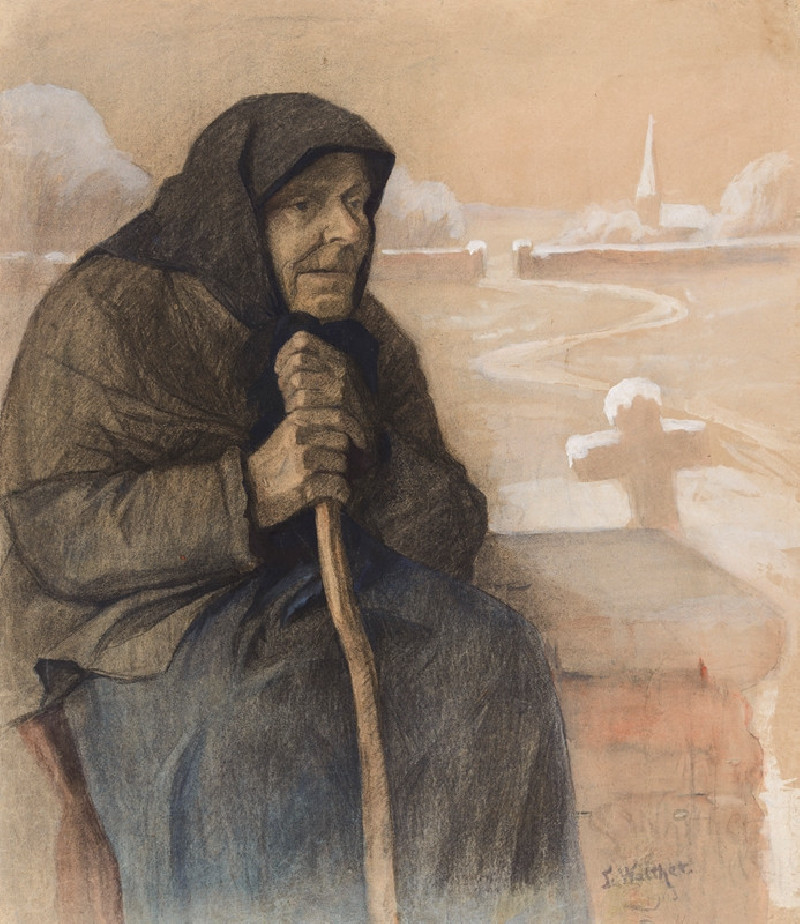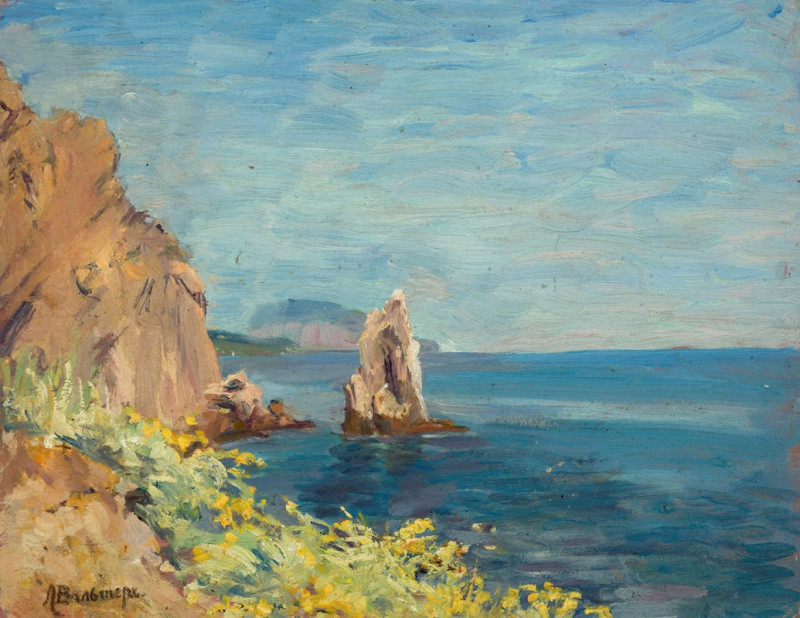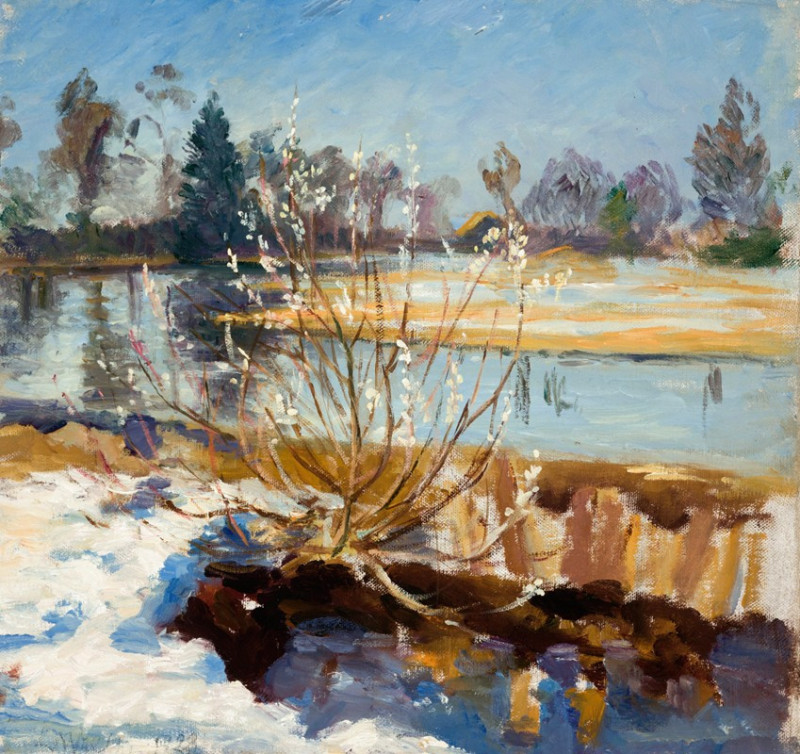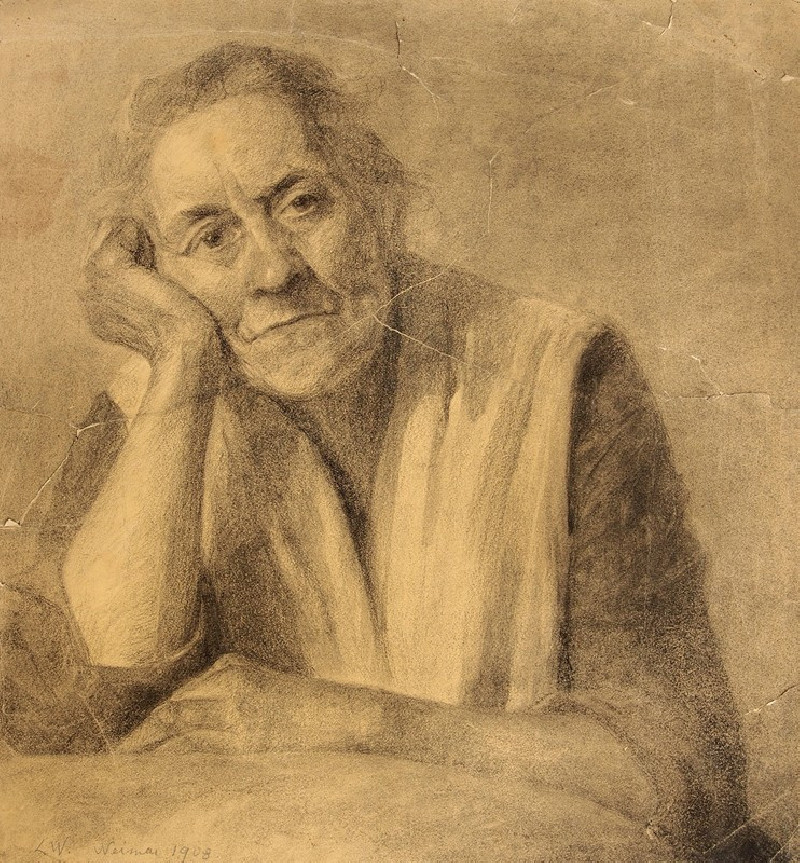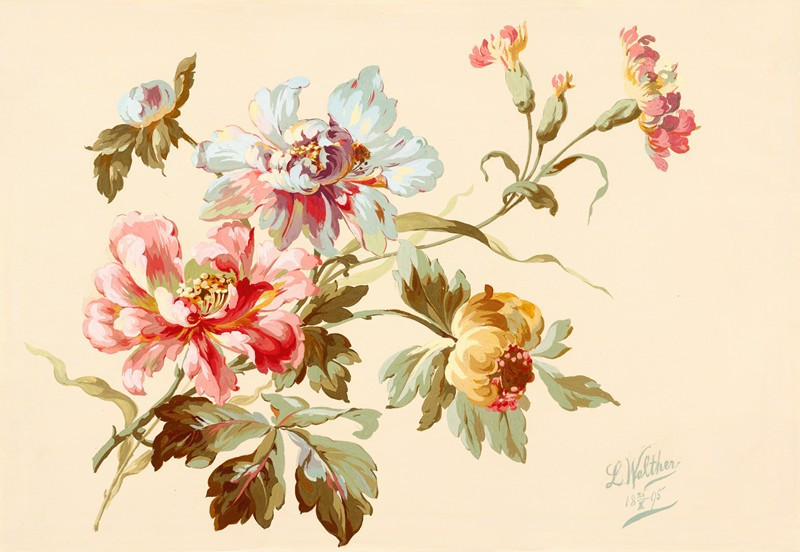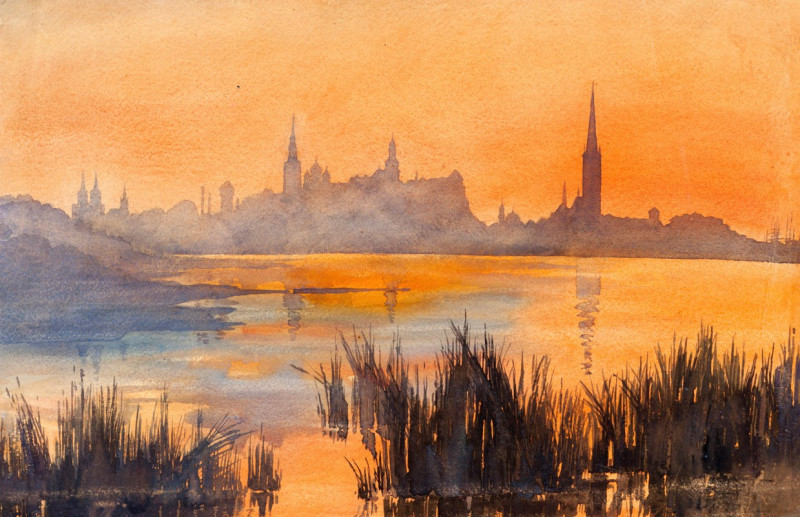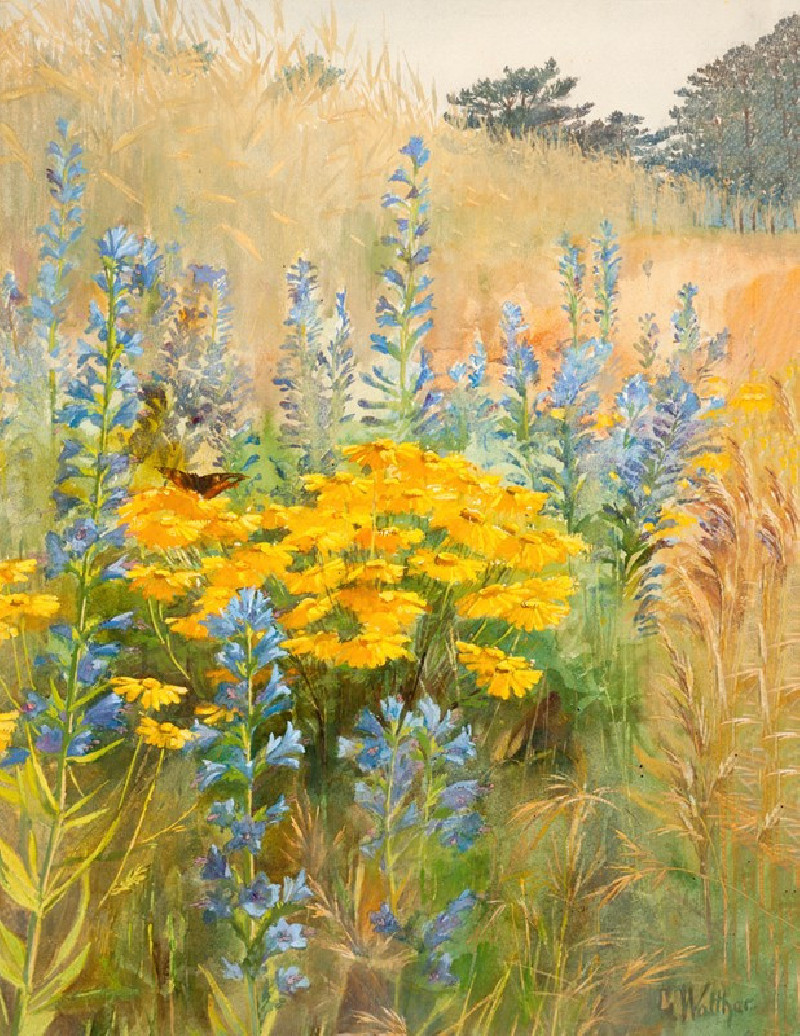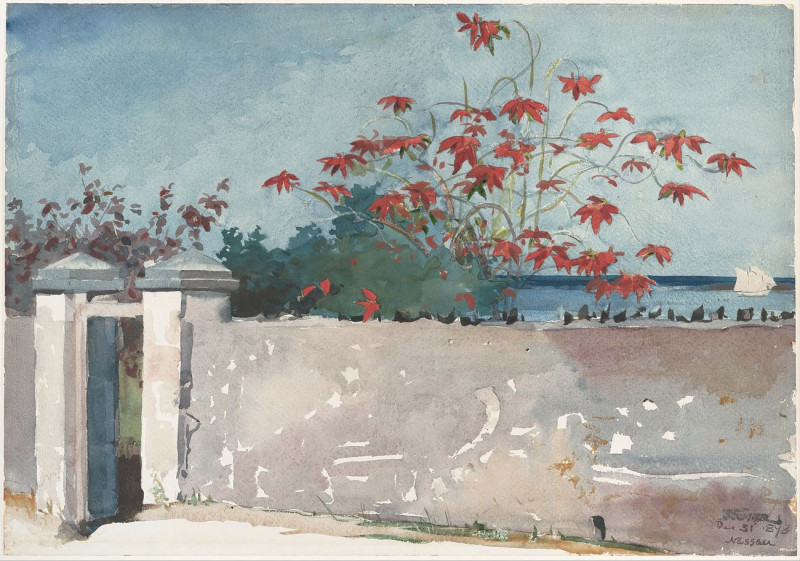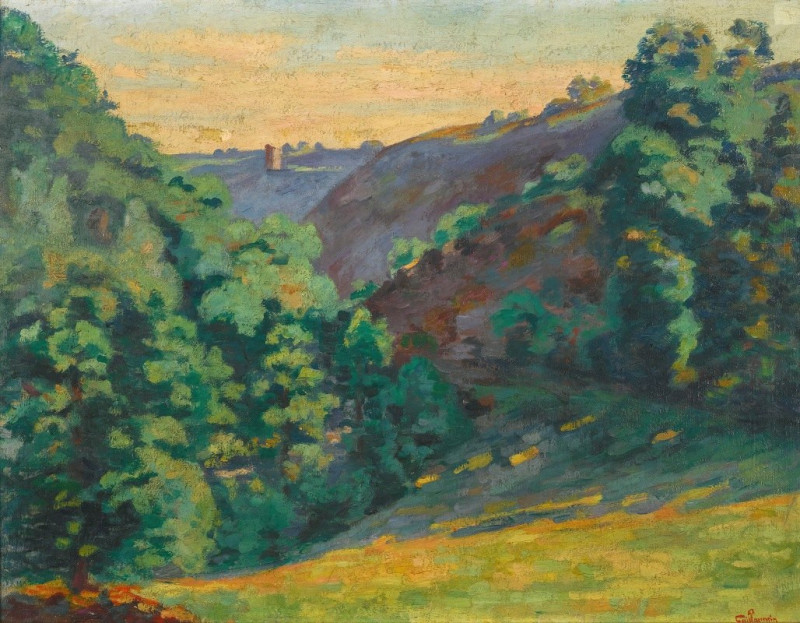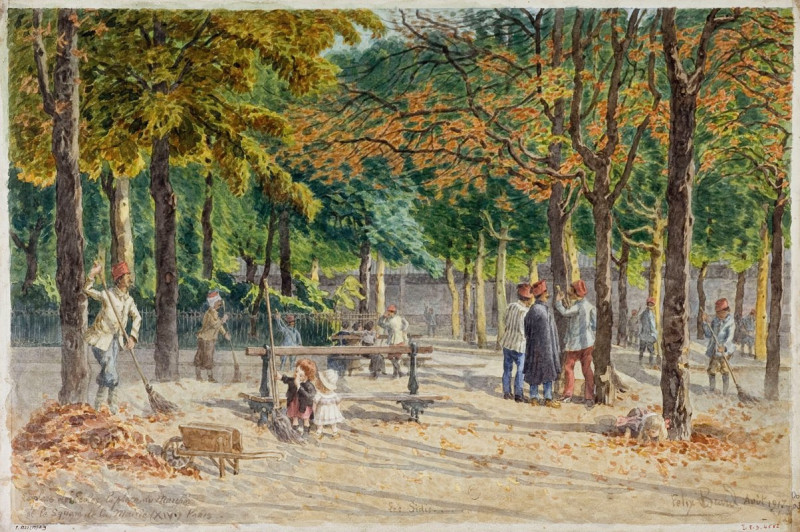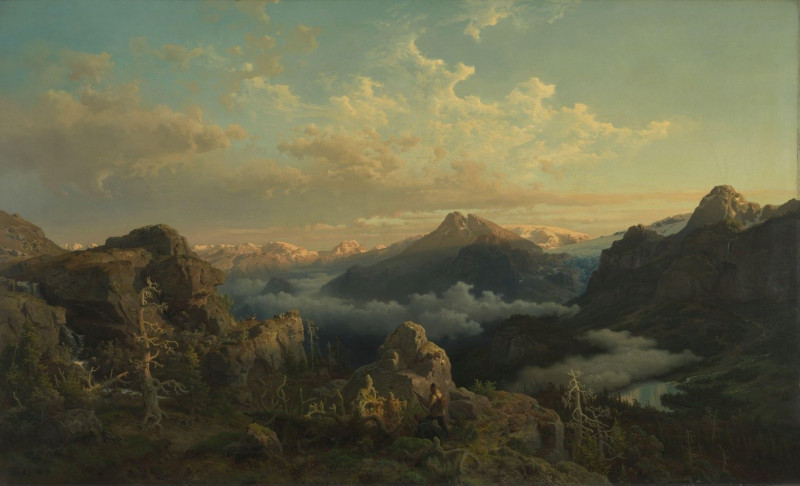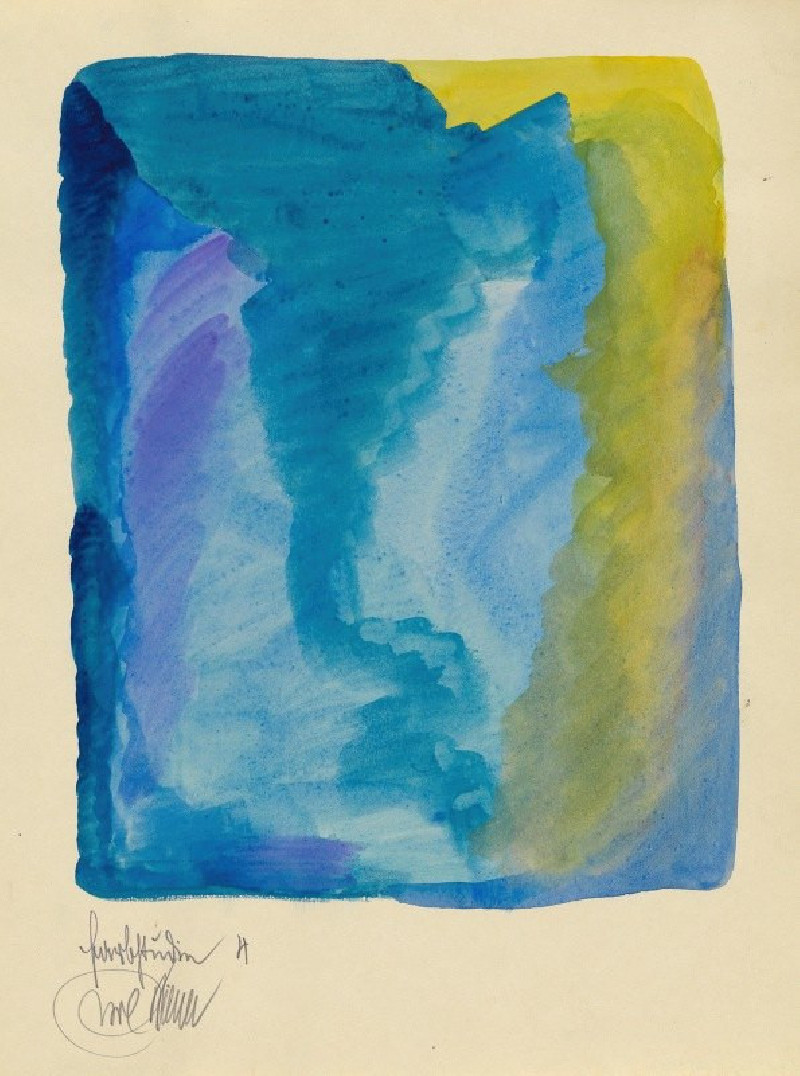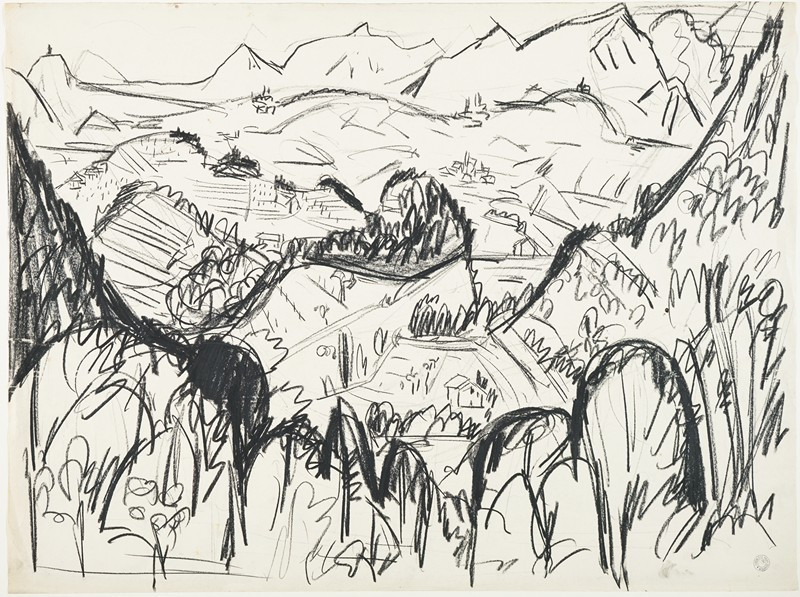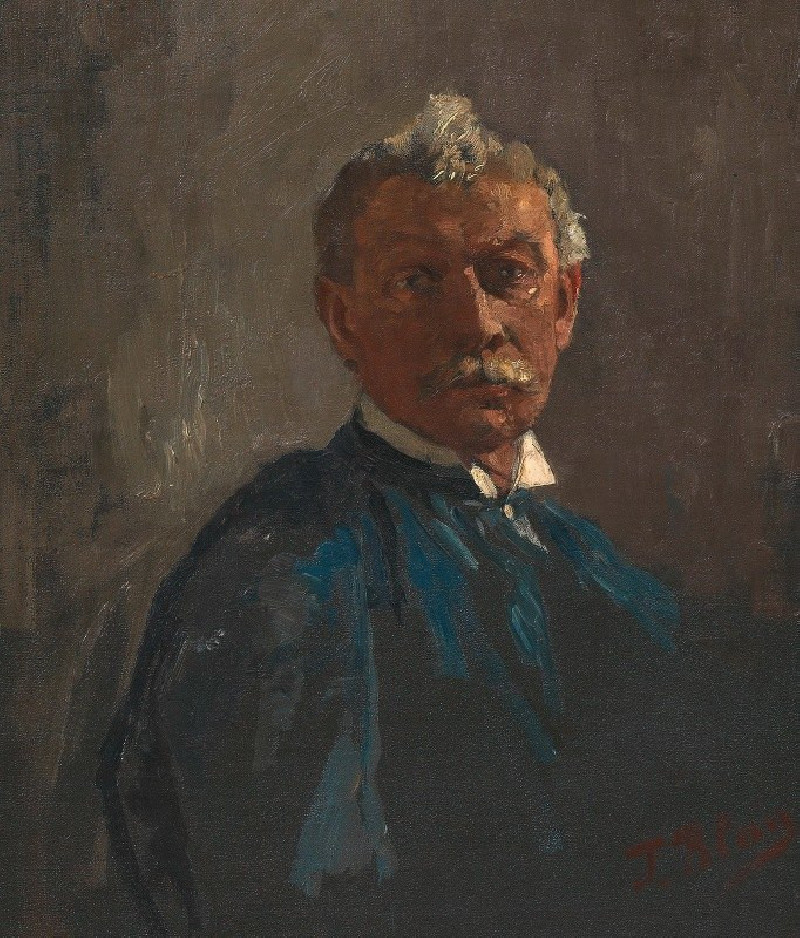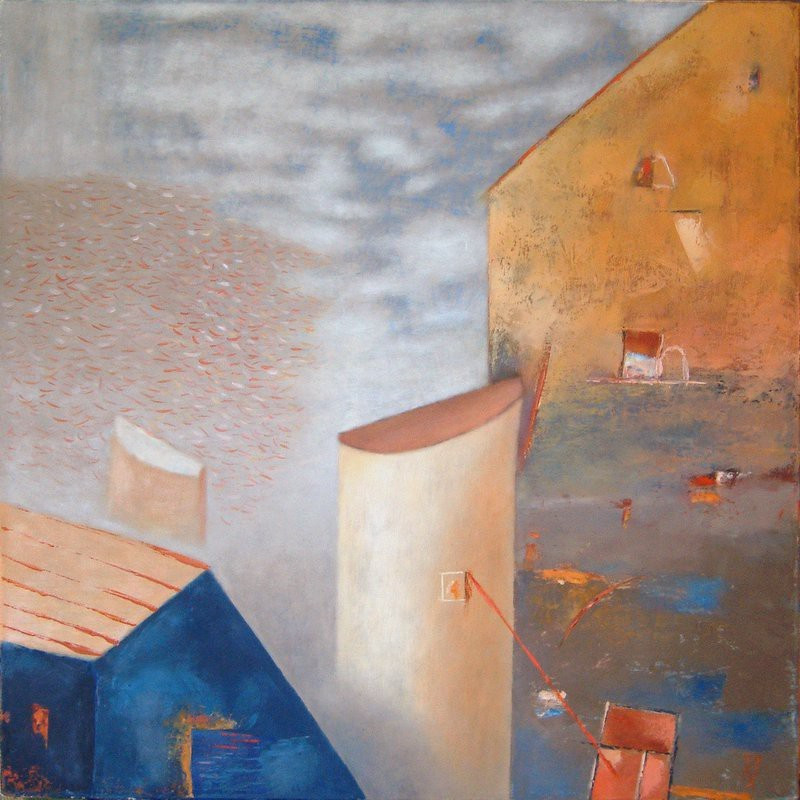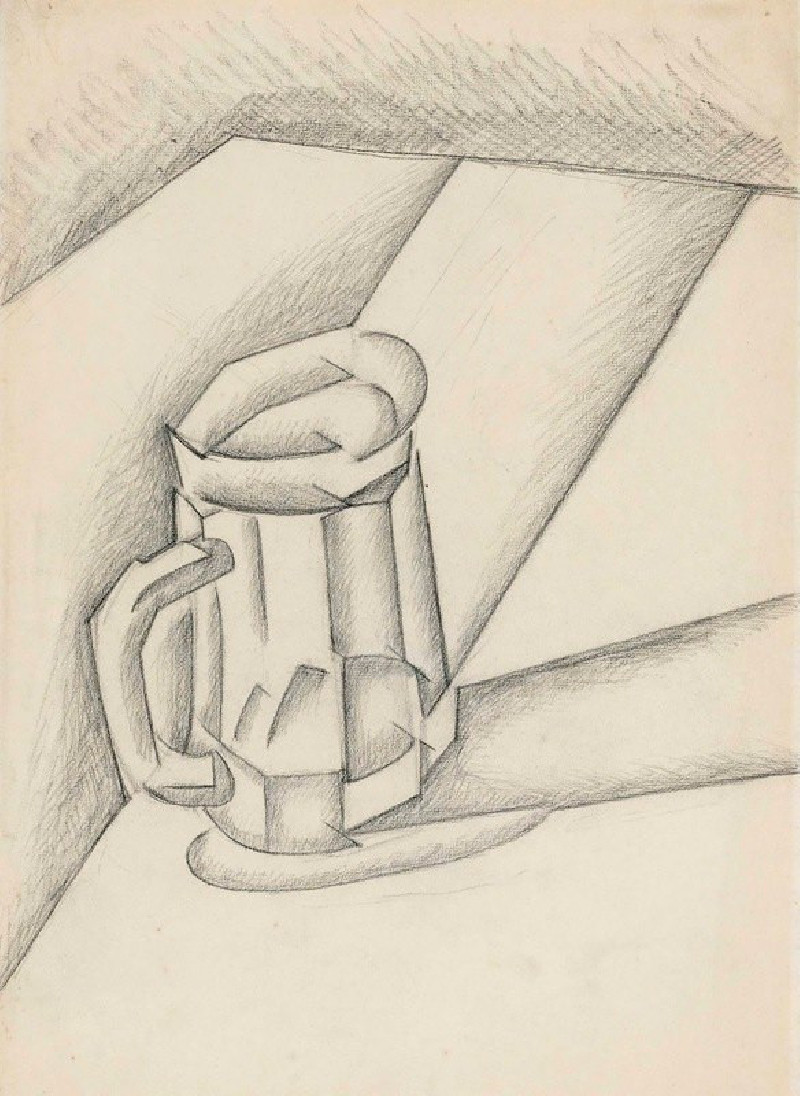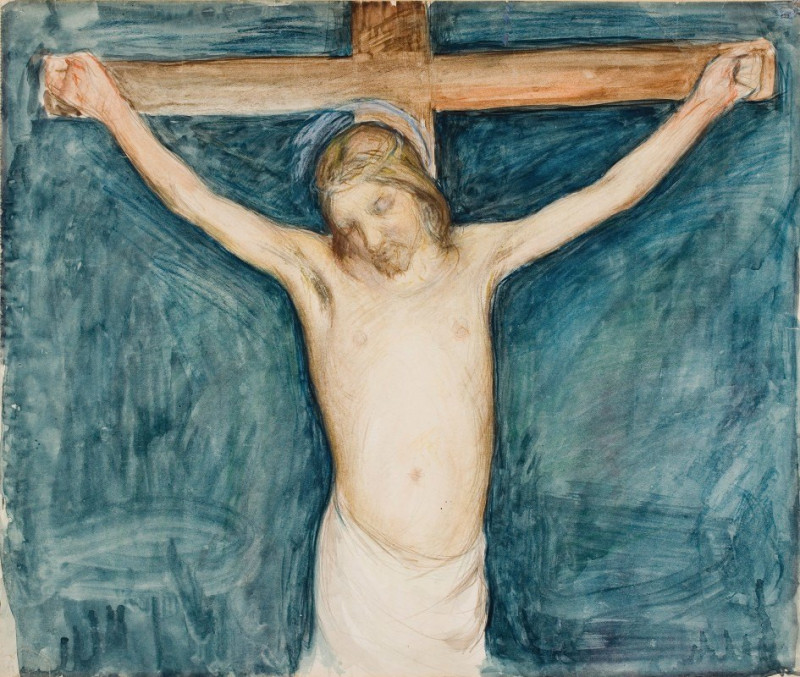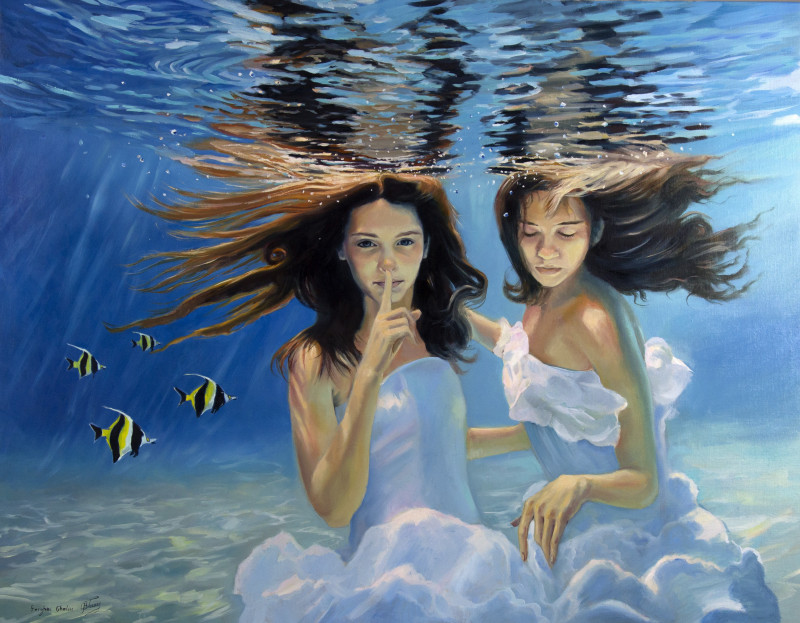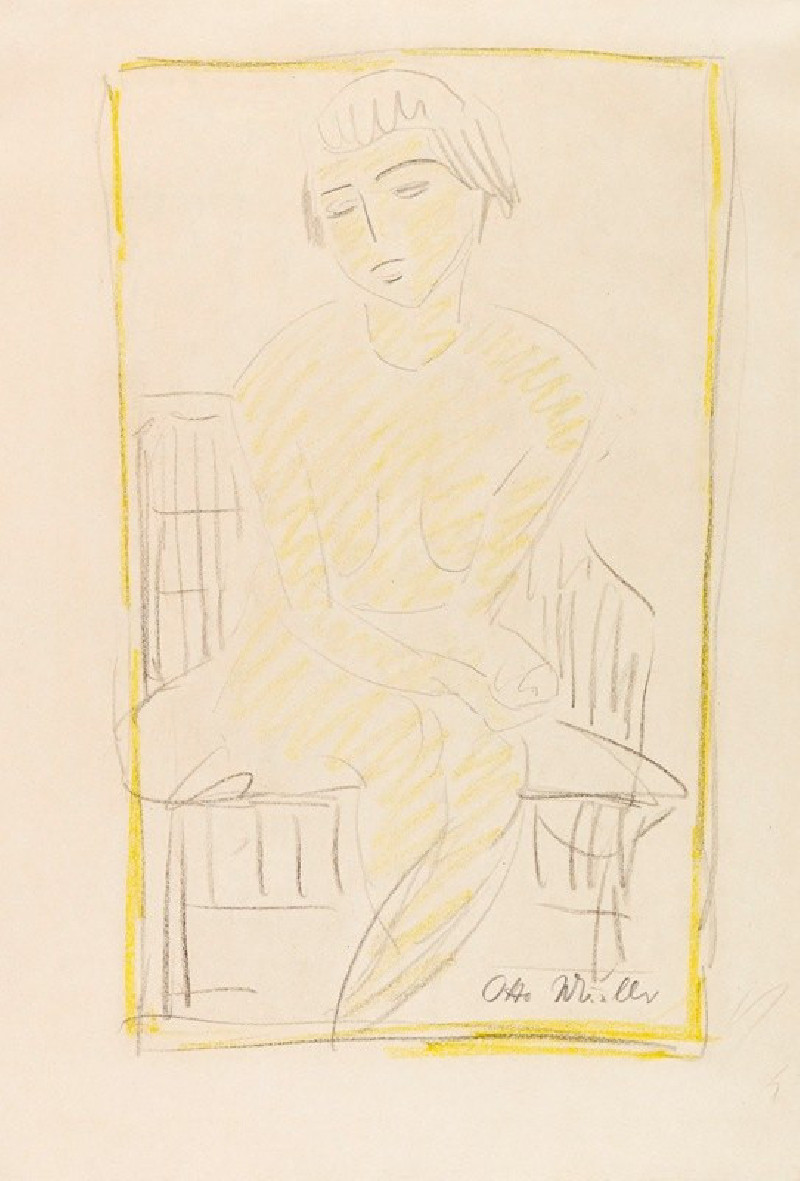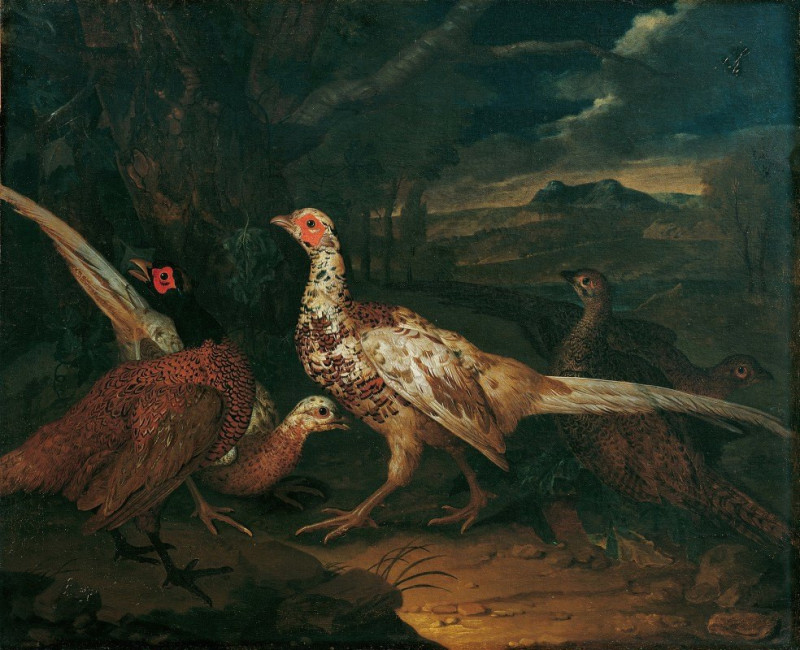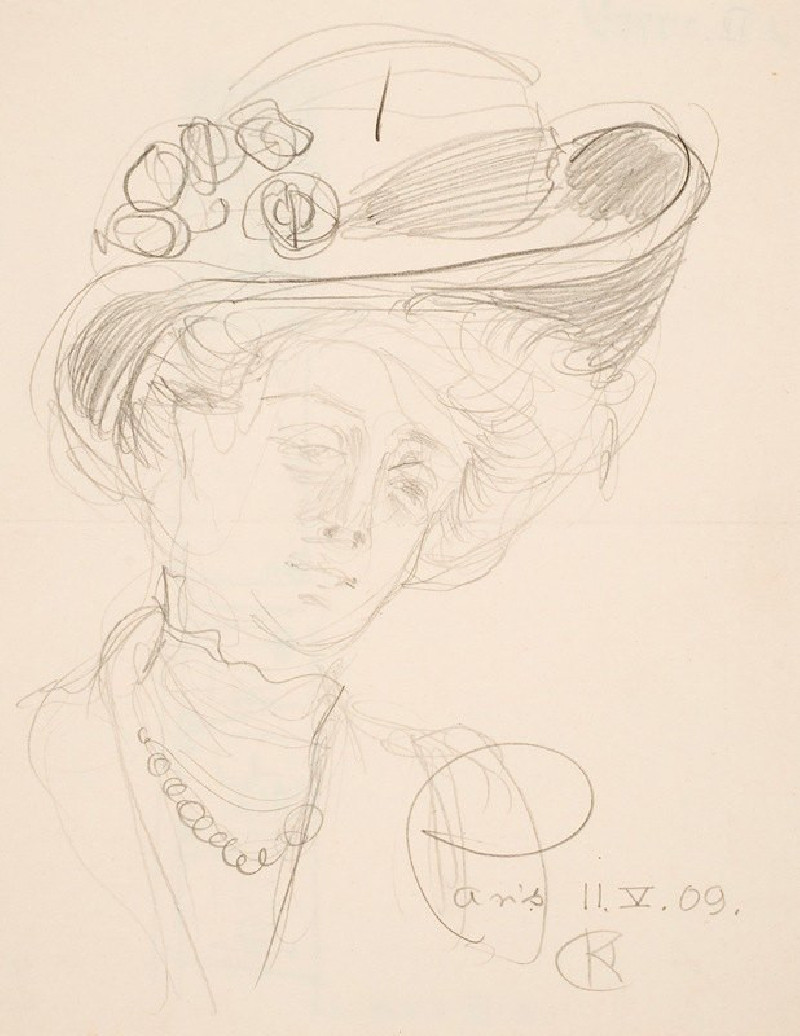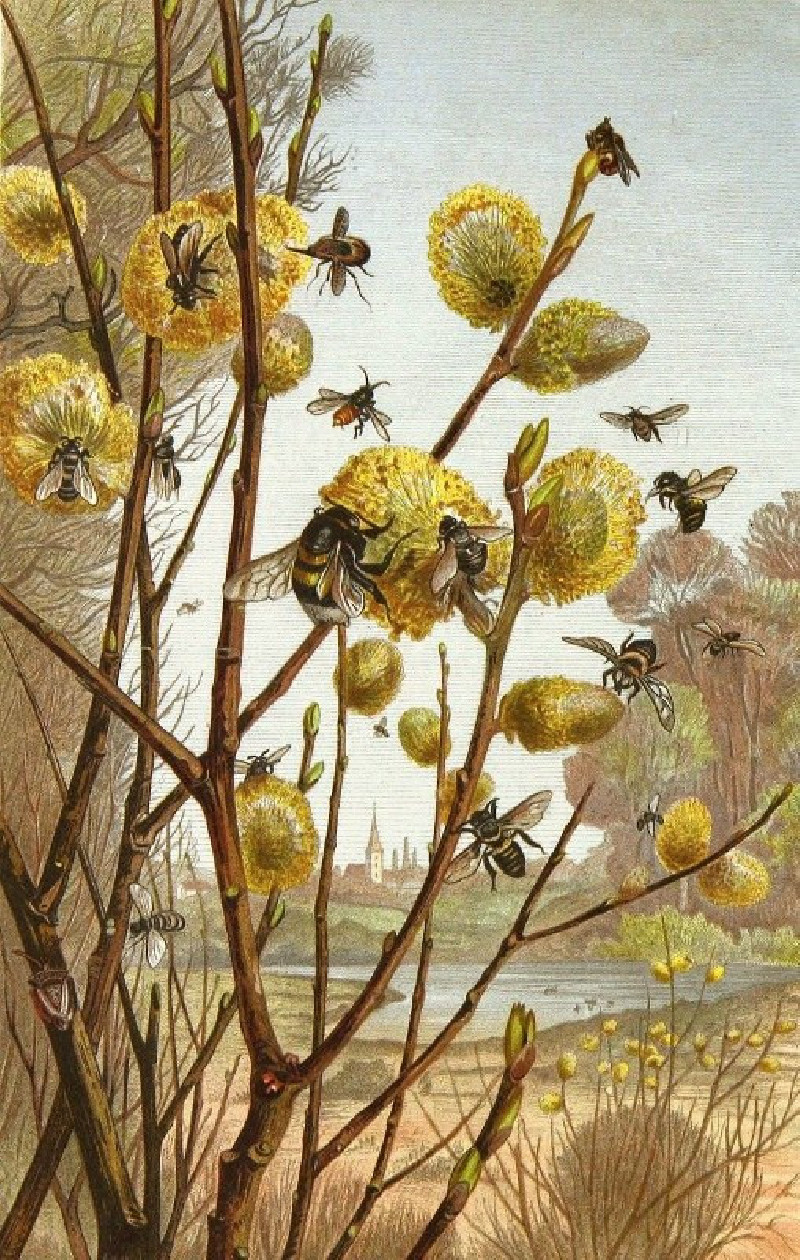Kipsakants (1888)
Technique: Giclée quality print
Recommended by our customers
More about this artwork
Lilly Walther's remarkable painting, "Kipsakants," created in 1888, exemplifies the unique merger of abstract and organic elements. The artwork showcases a strikingly sculptural entity resembling both floral and animalistic features, rendered in a monochromatic palette. Its dynamic form, characterized by flowing, undulating edges and voluminous folds, infuses the depiction with a vibrant, almost pulsating life.The painting’s central figure, which theatrically sprouts from a twisted, gnarled base similar to a tree root or a piece of driftwood, transitions into what could be interpreted as a massive, opulent flower or an otherworldly creature. The shadings of gray and rich textures enhance the three-dimensional illusion, suggesting both softness and rigidity.Walther’s work here is more than a mere visual study; it's a poetic exploration of form and the boundaries between the natural world and the imagined spheres. Set against a muted, simple background, the contrasts and interplay between light and shadow are emphasized, making "Kipsakants" a compelling example of the artist's mastery in creating depth and drama on a flat canvas.This painting invites viewers to delve into a realm where the usual distinctions between elements of nature blend into a harmonious, though enigmatic, composition.
Delivery
Returns
Lilly (Caroline Auguste Bertha) Walther (Valter) was a Baltic German artist and restorer.
She mostly Created flower and landscape pictures, still lifes and portraits (both oil paintings and watercolors ). The artist's ability to capture character is manifested primarily in drawings depicting children and portraits of Estonian peasants. SHe also worked in the field of ceramics and leather and textile art. In 1905 she participated in the design of the art salon of the Kluge & Ströhm bookstore in Tallinn.

